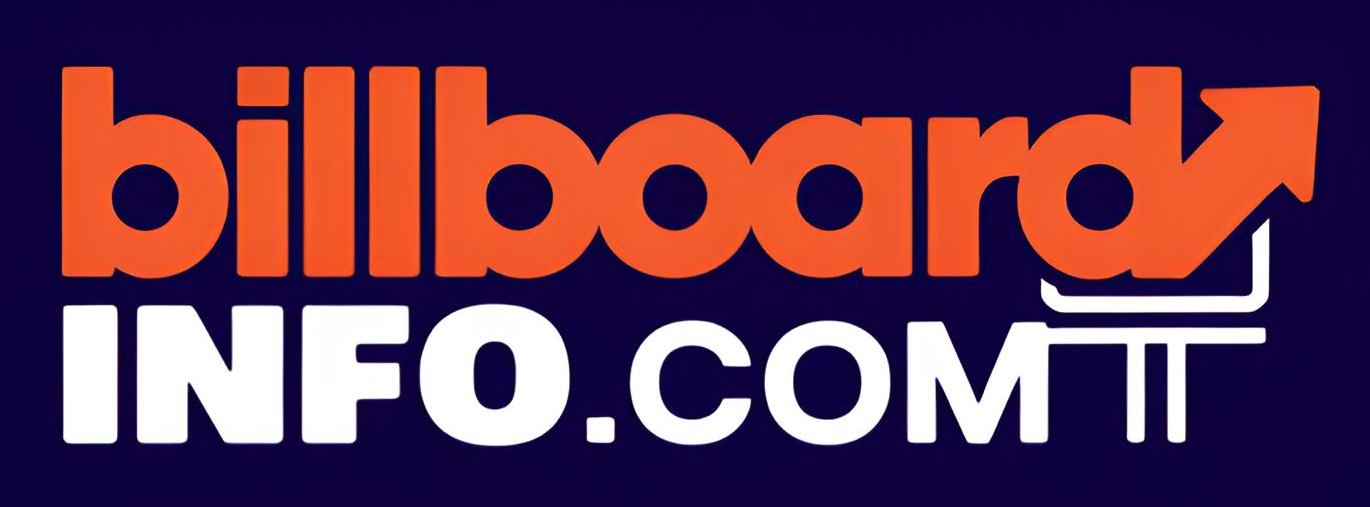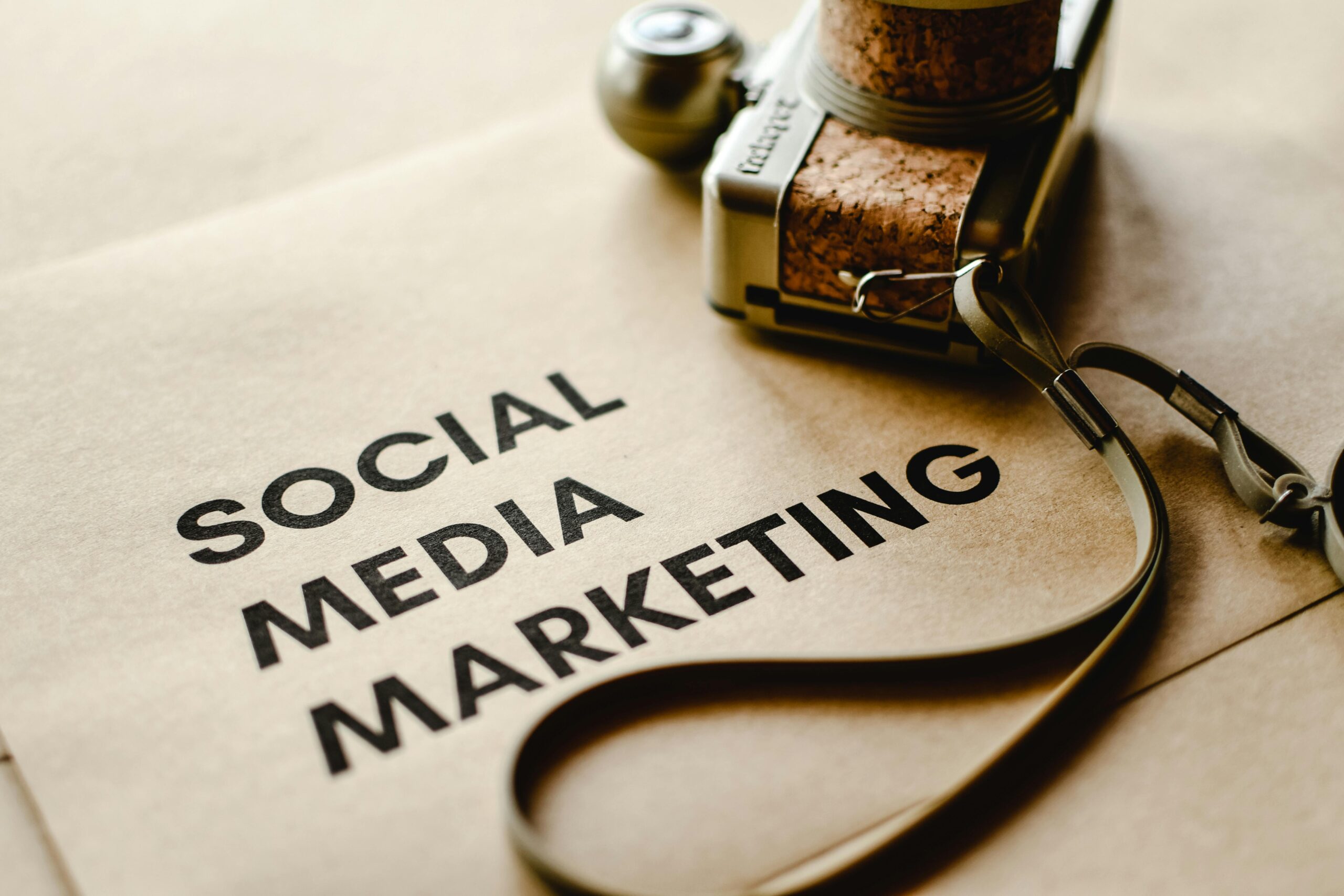Billboard advertising has been a staple in marketing for decades, capturing the attention of drivers, pedestrians, and commuters alike. But in the digital age, traditional advertising is no longer confined to just the physical world. Thanks to social media, billboard advertisements are reaching far beyond the streets and highways where they are placed.
With the rise of platforms like Instagram, Twitter, Facebook, and TikTok, billboards are being photographed, shared, and discussed more than ever before. A creative or controversial billboard can go viral in a matter of hours, creating an impact far greater than what traditional placements alone could achieve. This evolution in advertising presents both challenges and opportunities for businesses looking to maximize their brand reach.
The Shift from Physical to Digital Amplification
Years ago, a billboard’s effectiveness was measured simply by how many people drove past it each day. But today, the conversation doesn’t stop at the roadside. The moment a compelling, humorous, or thought-provoking billboard appears, people start snapping photos and posting them on social media. These posts, in turn, get shared, commented on, and sometimes even picked up by media outlets.
This shift in advertising dynamics means that billboards are no longer just passive, static displays. Instead, they become catalysts for online discussions, sparking conversations that can amplify a brand’s message beyond its intended location. When used strategically, social media can transform an ordinary billboard into a viral phenomenon.
One of the best examples of this is how brands use bold statements, eye-catching visuals, or humorous content to get people talking. A witty tagline, a daring political statement, or a visually stunning design can make people stop, take a picture, and share it. Brands are now designing billboards with social media in mind, making sure that their advertisements are not just seen but also shared.
Why Social Media Loves Billboards
There is something inherently fascinating about seeing large-scale ads in the real world. Unlike digital ads that are constantly popping up on screens, billboards have a level of permanence that makes them feel more real, more substantial. This tangibility is part of what makes them so compelling to social media users.
People enjoy sharing things that make them laugh, inspire them, or make them think. A well-designed billboard has the power to do all three. Whether it’s an emotional public service announcement, a funny ad placement, or an out-of-the-box design, billboards lend themselves to social media virality.
Another reason billboards perform well on social media is their exclusivity. Not everyone gets to see a billboard in person, which creates a sense of curiosity. When someone shares a picture of an interesting billboard, people from all over the world can engage with it, even if they aren’t physically present in that location. This makes billboard advertisements being spread through social media a powerful way to reach a global audience with a local message.
Strategies for Maximizing Billboard Reach Through Social Media
So how can businesses and marketers ensure that their billboards are not just seen, but also shared? While there’s no guaranteed formula for virality, there are several proven strategies that increase the likelihood of billboard advertisements gaining traction on social media.
1. Create Visually Striking Content
A billboard that looks just like any other ad won’t get much attention online. To make an impact, it needs to be bold, visually engaging, and unique. Using vibrant colors, intriguing images, and large, easy-to-read text helps make a billboard stand out both in person and in a social media feed.
2. Use Humor or Controversy Wisely
Brands that incorporate humor or clever wordplay into their billboards often find success online. People love sharing things that make them laugh, and a funny billboard is more likely to get reposted. On the other hand, controversy can also work, but it should be approached with caution. A billboard that makes a bold statement can generate buzz, but it can also attract backlash if not handled appropriately.
3. Encourage User-Generated Content
Some of the best billboard marketing comes not from brands themselves, but from regular people who find the ad compelling enough to share. Businesses can encourage user-generated content by adding an interactive element to the billboard, such as a QR code, hashtag, or call-to-action that invites people to engage.
4. Partner with Influencers and Social Media Pages
Brands can further extend the reach of their billboards by collaborating with social media influencers or large community pages. A simple share from an influencer with a large following can expose the ad to millions of people who wouldn’t have otherwise seen it.
5. Use Billboards as Part of a Larger Marketing Campaign
For maximum impact, billboards should not stand alone. Instead, they should be a part of a broader, multi-channel marketing campaign. Brands that integrate their billboards with their social media marketing—by referencing the billboard in posts, running complementary digital ads, or using the same messaging across platforms—see better results.
The Future of Billboard and Social Media Advertising
As the lines between traditional and digital advertising continue to blur, the potential for billboards to make an impact on social media will only grow. More companies are embracing augmented reality (AR) billboards, interactive elements, and real-time updates to create more engaging experiences for their audience.
Imagine a billboard that changes based on trending social media topics or one that invites users to submit their own messages in real time. These types of innovations are already starting to take shape, and they point to a future where billboards are not just static ads, but dynamic, interactive platforms for engagement.
With the way things are evolving, it’s clear that billboard advertisements being spread through social media is not just a trend—it’s the future of out-of-home advertising. Businesses that recognize and adapt to this shift will be in a prime position to maximize their advertising impact in the years to come.
Conclusion
Billboards are no longer just roadside advertisements; they are social media content waiting to be discovered, captured, and shared. A well-crafted billboard has the power to engage audiences far beyond its physical location, making it a cost-effective way to build brand awareness on a global scale.
By focusing on creative, eye-catching designs, integrating social media-friendly elements, and encouraging user participation, businesses can turn their billboard campaigns into viral marketing successes. As technology and marketing continue to evolve, one thing remains clear: billboard advertising, when paired with social media, is more powerful than ever.


